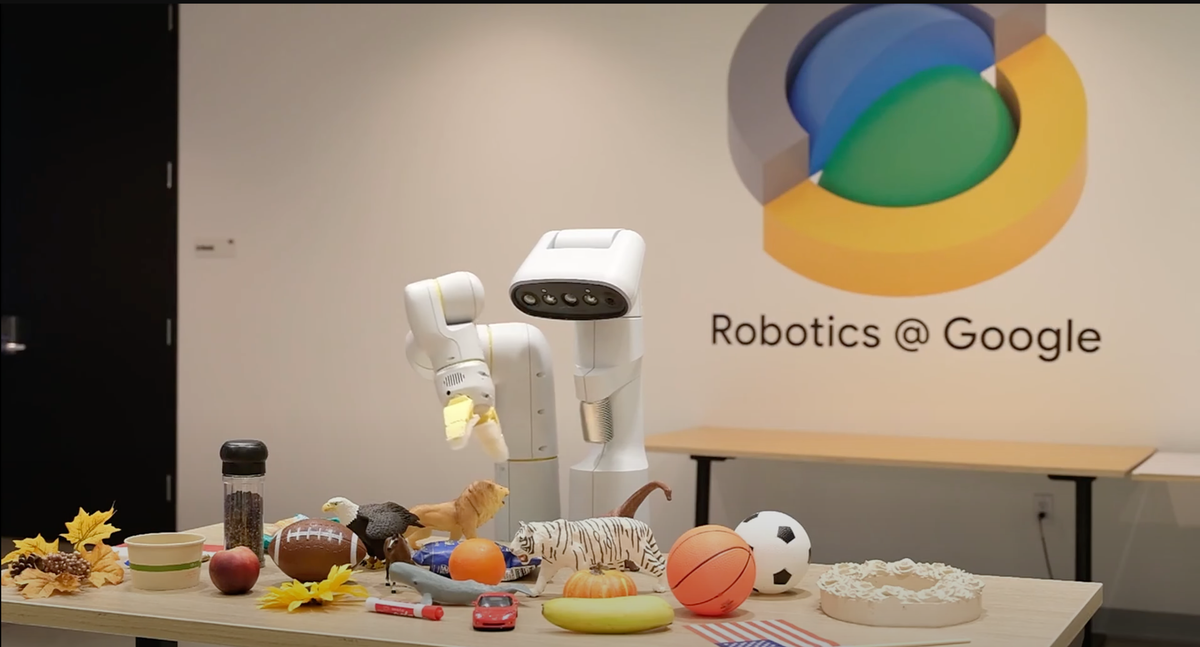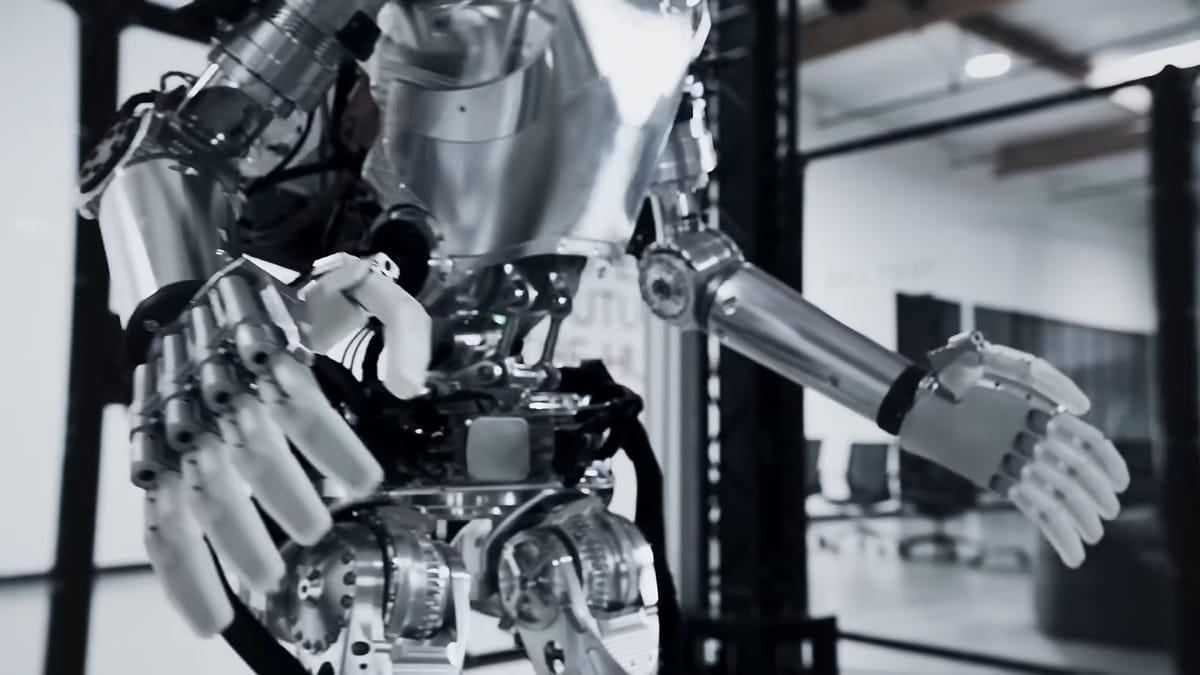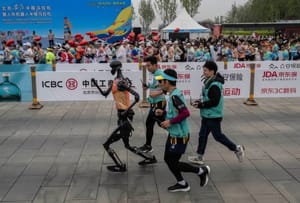Twenty-one humanoid robots were unleashed on the streets of Beijing on Saturday last month, but this was not the mechanical uprising forewarned by James Cameron—it was China’s robot-makers showing how their androids would fare in a half-marathon. A full marathon would have failed the batteries 🪫
Much like the films in the Terminator saga, the results were mixed:
- The winning robot finished in 2 hours, 40 minutes; the men’s race victor crossed the finish line in 1 hour, 2 minutes.
- Other automated competitors achieved a steady pace, but some barely made it beyond the starting line; one failed wildly, crashed into a fence, and broke into pieces.
@blifemove In the old days when a piece of code would malfaction you would just sad and despair your program crash. When it was really bad you would observe a kernel panic. The famous BSOD or the Guru Meditation in the retro world. That would mostly harm your feelings and definitely put a dent in your project timeline. Nowadays, it's fair to say that is getting physical!#botVerse #humanoidrobot #humanoid #ros #crash #bsod #kernelpanic
♬ original sound - The bLife Movement - The bLife Movement
now, not all bots are made to succeed...
While these robots were taking literal strides, the industry itself has been making major metaphorical ones.
US tech giants see humanoids as the future: Apple, Nvidia, Meta, Tesla, and Google have made significant investments in the field. Tesla CEO Elon Musk predicts that its Optimus robot, which was powered by humans in special suits in 2024, could generate more than $10 trillion in revenue. Per Pitchbook, investors have dropped $7.2 billion into more than 50 tech startups since 2015 as part of the robot uprising.

China is playing catch-up
According to the International Federation of Robotics, China has manufactured more industrial robots every year since 2021 than every other country combined. So, while it’s fun to watch China’s humanoids flounder in that half-marathon, it’s a sign that China is closing the gap on the US.
- China’s Ministry of Industry and Information Technology identified humanoid robots as the “new frontier in technological competition” in a 2023 document that aimed to establish mass production and supply chains for core components of them.
- Per CNN, China’s local governments have invested at least $10 billion in robotics over the past three years.

Core tech is a problem. China is ahead in some areas but behind when it comes to the AI chips, sensors, and operating systems that power the robots. Many developers rely on Nvidia’s chips, but US export restrictions due to national security concerns have China scrambling.
Big picture: Goldman Sachs predicted last year that the global robotics market would be worth $38 billion by 2035. “The ChatGPT moment for general robotics is just around the corner,” Nvidia CEO Jensen Huang said in January.—DL
This forecast reflects increasing adoption across industries like manufacturing, healthcare, logistics, and agriculture, driven by advancements in AI, machine learning, and automation technologies. Nvidia CEO Jensen Huang’s statement in January 2025 underscores the transformative potential of robotics, likening its imminent breakthrough to the rapid rise of ChatGPT in AI. Huang’s “ChatGPT moment” suggests that general-purpose robotics—capable of performing diverse tasks with human-like adaptability—is nearing a tipping point, fueled by innovations in AI hardware and software, such as Nvidia’s own chips optimized for robotics.
This convergence of market potential and technological optimism signals a future where robotics could reshape economies and daily life, though challenges like cost, scalability, and ethical concerns remain.
I hope you found this article insightful. Before you leave,
please consider supporting The bLife Movement as we cover all robotic content and write for everyone to enjoy. Not just for machines and geeks.
Unlike many media outlets owned by billionaires, we are independent and prioritize public interest over profit. We aim for fairness and simplicity with a pinch of humor where it fits.
Our global journalism, free from paywalls, is made possible by readers like you.
If possible, please support us with a one-time donation from $1, or better yet, with a monthly contribution.
Every bit helps us stay independent and accessible to all. Thank you.
Mario & Victoria









